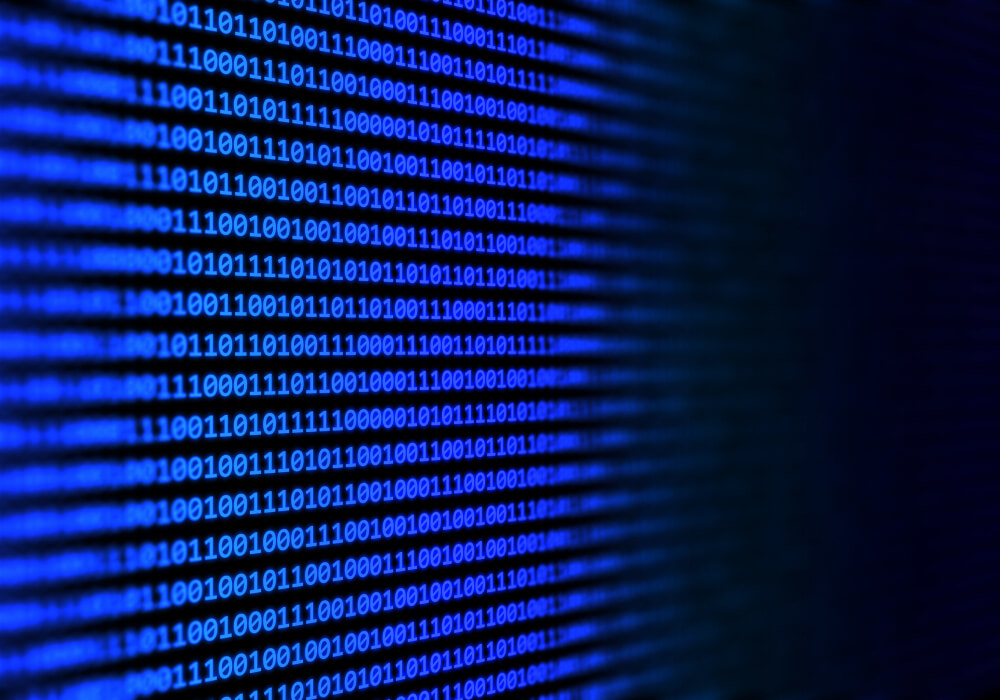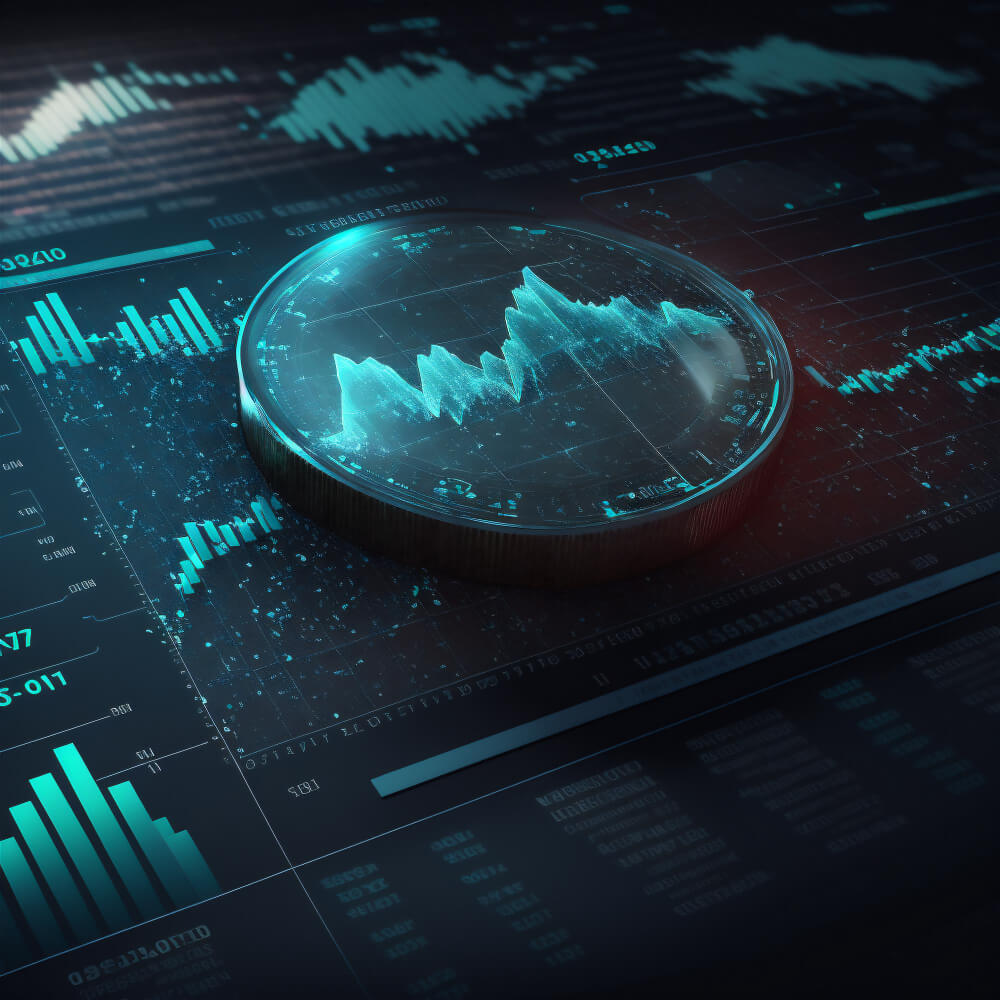
By 2021, the number of (IoT) devices has grown to 12.3 billion, with more than 16% of these devices connected to cellular networks. These devices offer significant benefits to businesses and consumers by collecting and processing large amounts of real-time data. However, this massive data collection and management also presents a unique set of challenges. These include the following:
Data Security
Some IoT devices collect highly sensitive data. In the healthcare industry, data collected by IoT devices includes protected health information (PHI). Connected cameras, voice assistants, and similar tools can monitor and listen in on people's activities and conversations. IoT devices used in manufacturing can access sensitive information about manufacturing processes and procedures.
Protecting this data is a common challenge for IoT devices. These devices are often designed to be accessible from the public Internet because they require data to be sent to cloud-based servers for processing and managed through mobile devices and Web-based portals. As a result, their security is very poor. Some common security issues that could compromise their sensitive data include poor password (other unique identifiers) security and the fact that many IoT devices contain unpatched vulnerabilities that attackers can exploit.

Data Privacy
Much of the information collected and processed by IoT devices is likely to be protected by various data privacy regulations. The EU's General Data Protection Regulation (GDPR) protects any data that can be used to uniquely identify EU citizens, including their names, addresses, phone numbers, medical data, and more. The U.S. Health Insurance Portability and Accessibility Act (HIPAA) protects health information (PHI) collected by medical IoT devices.
In addition to protecting this protected data from attacks, IoT device manufacturers and users must also protect it in accordance with applicable law. Some important considerations include consent to the collection and processing of personal data, encryption of data at rest and in transit to prevent unauthorized access and misuse, the
access management rights, and data jurisdiction.
Volume of data
IoT devices generate massive amounts of data. 2019, IoT devices generated approximately 18.3 ZB of data, which is expected to grow to 73.1 ZB by 2025.

The massive amount of data generated by IoT devices poses significant challenges for storage, transmission, and processing. IoT devices are often deployed in remote areas where network bandwidth is limited, making it very difficult and often very expensive to transmit the data collected. In the cloud, servers must quickly process and analyze the growing volume of data to extract the necessary insights and send any required alerts or commands to IoT devices.
Data complexity
Many IoT devices use big data thinking. These devices collect as much data as possible and send it to cloud-based servers for processing. In addition to generating large amounts of data, this approach creates complex data sets.
The data generated by IoT devices is often unstructured and provides a limited perspective. This data must be carefully timestamped, indexed, and correlated with other data sources to form the context needed for effective decision making.

This combination of data volume and complexity makes it difficult to effectively and efficiently process data from IoT devices. Many tools designed to manage complex data sets are unable to cope with the massive amounts of data generated by IoT devices. On the other hand, solutions that can handle massive amounts of data may not provide the level of deep analysis required and may not be able to meet the latency requirements of IoT devices.
Overcoming the challenges of IoT data collection and management
IoT devices generate large amounts of complex data, so it is important to ensure that they are protected from infringement and protected by data privacy laws.
However, these challenges, while significant, are solvable. Next-generation 5G mobile networks offer the bandwidth and performance needed to transmit massive amounts of data, and cloud infrastructure continues to expand to meet the demand.
